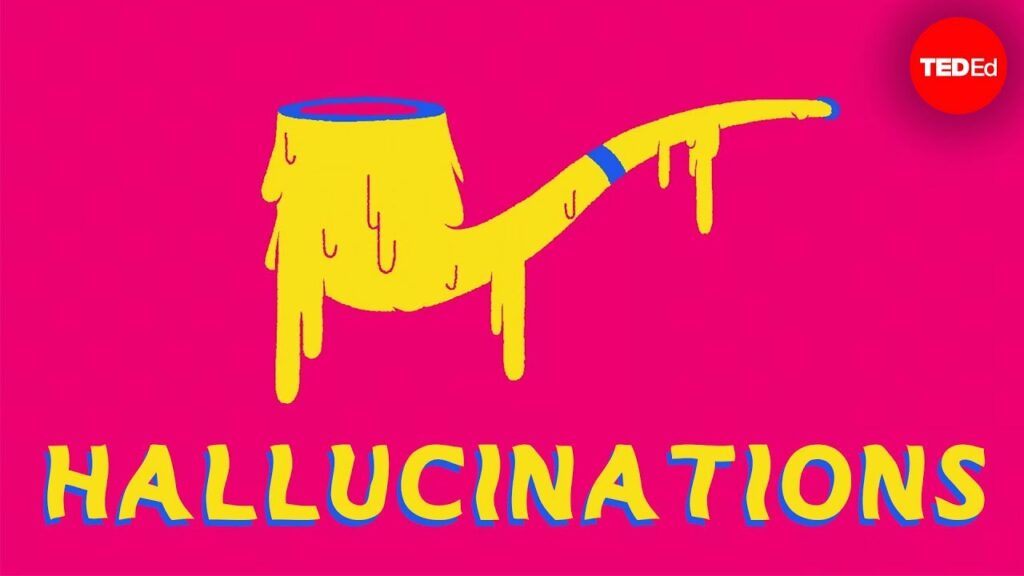All of us have, at one time or another, been accused of not seeing what’s right in front of us. But as a close examination of our biological visual system reveals, none of us can see what’s right in front of us. “Our eyes have blind spots where the optic nerve blocks part of the retina,” says the narrator of the new animated TED-Ed video above. “When the visual cortex processes light into coherent images, it fills in these blind spots with information from the surrounding area. Occasionally we might notice a glitch, but most of the time, we’re none the wiser.” This absence of genuine information in the very center of our vision has long circulated in the standard set of fascinating facts.
What’s less well known is that these same neurological processes have made the blind see — or rather, they’ve induced in the blind an experience subjectively indistinguishable from seeing. It’s just that the things they “see” don’t exist in reality.
Take the case of an elderly woman named Rosalie, with which the video opens. On one otherwise normal day at the nursing home, “her room suddenly burst to life with twirling fabrics. Through the elaborate drapings, she could make out animals, children, and costumed characters,” even though she’d lost her sight long before. “Rosalie had developed a condition known as Charles Bonnet Syndrome, in which patients with either impaired vision or total blindness suddenly hallucinate whole scenes in vivid color.”
This leads us to the counterintuitive finding that you don’t need sight to experience visual hallucinations. (You do need to have once had sight, which gives the brain visual memories on which to draw later.) But “even in people with completely unimpaired senses, the brain constructs the world we perceive from incomplete information.” Take that gap in the middle of our visual field, which the brain fills with, in effect, a hallucination, albeit not one of the elaborate, sometimes overwhelming kinds induced by “recreational and therapeutic drugs, conditions like epilepsy and narcolepsy, and psychiatric disorders like schizophrenia.” At the end of the lesson, the narrator suggests that interested viewers seek out the work of neurologist-writer Oliver Sacks, which deals extensively with what opens gaps between reality and our perceptions — and which we here at Open Culture are always prepared to recommend.
Related content:
A Beautiful 1870 Visualization of the Hallucinations That Come Before a Migraine
This is What Oliver Sacks Learned on LSD and Amphetamines
Based in Seoul, Colin Marshall writes and broadcasts on cities, language, and culture. His projects include the Substack newsletter Books on Cities, the book The Stateless City: a Walk through 21st-Century Los Angeles and the video series The City in Cinema. Follow him on Twitter at @colinmarshall or on Facebook.
